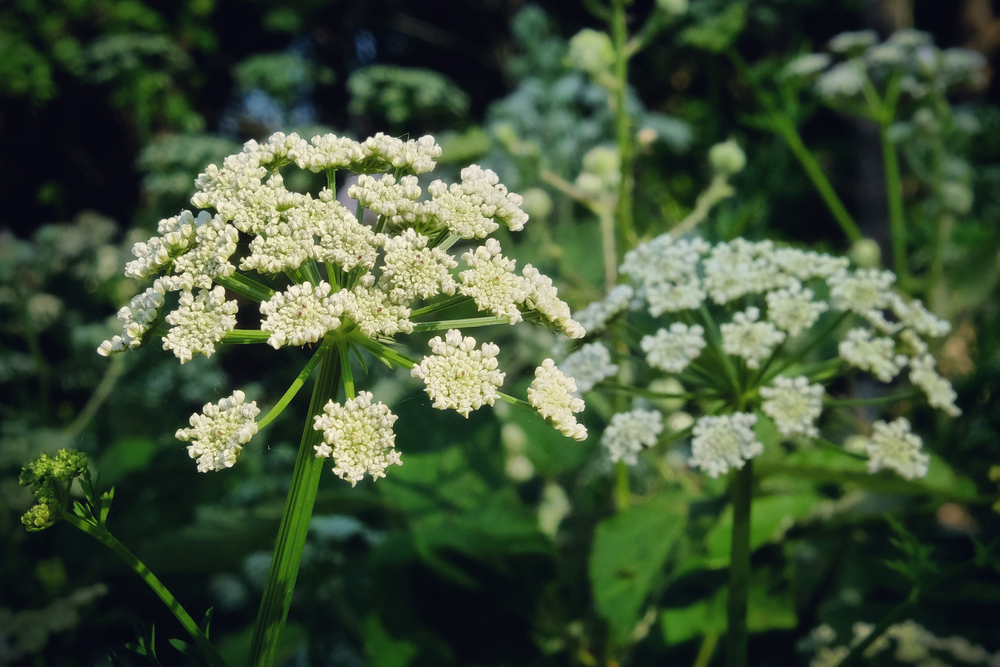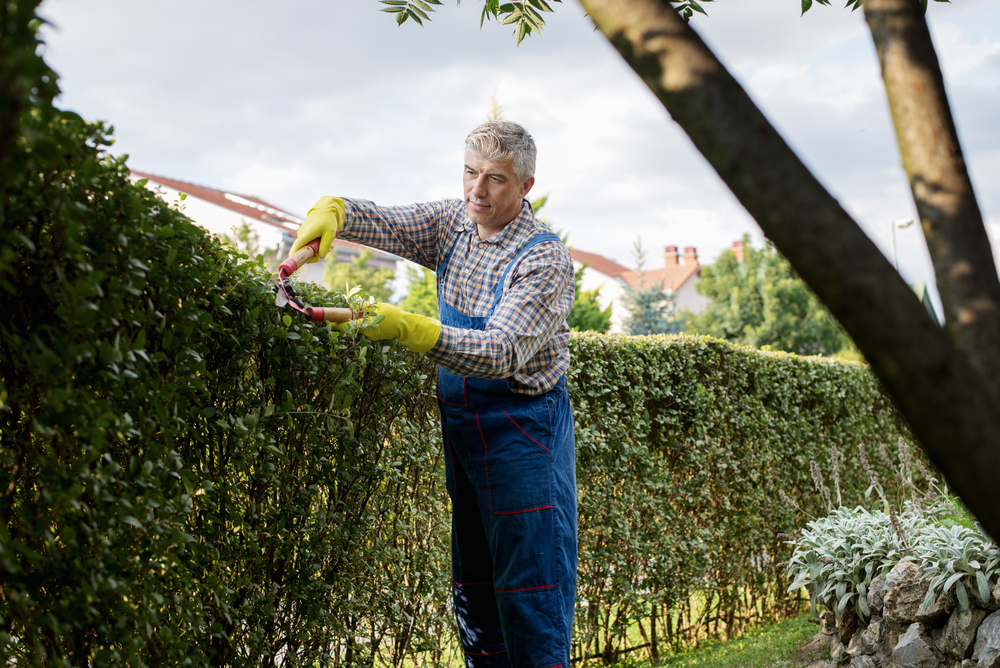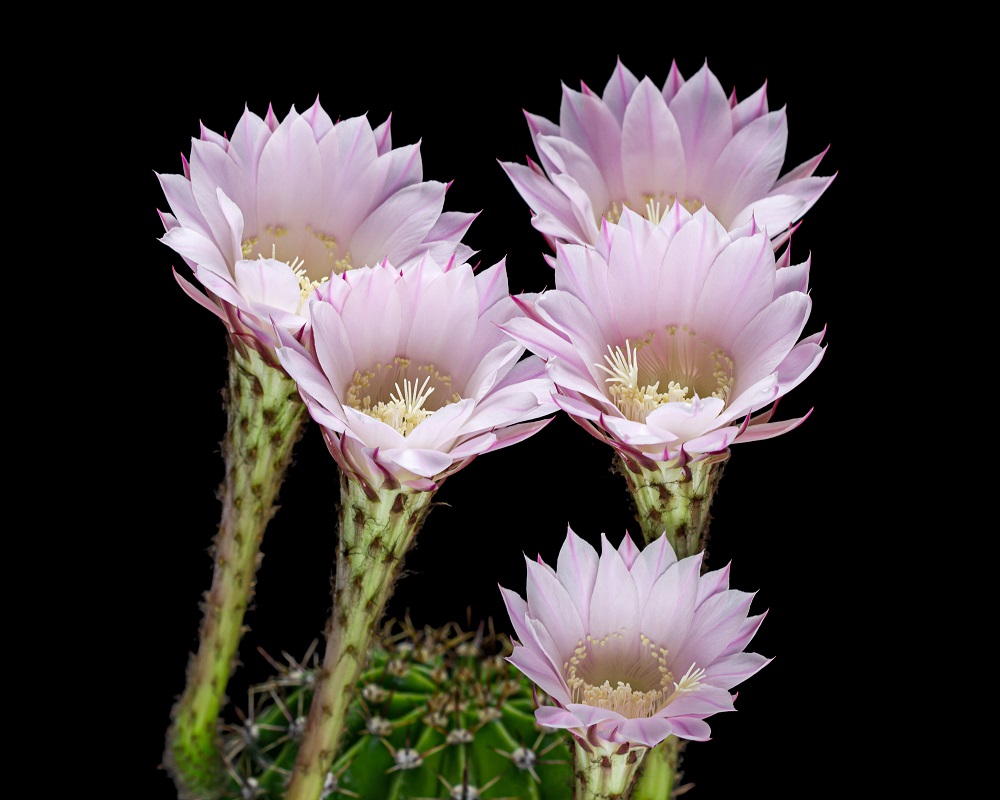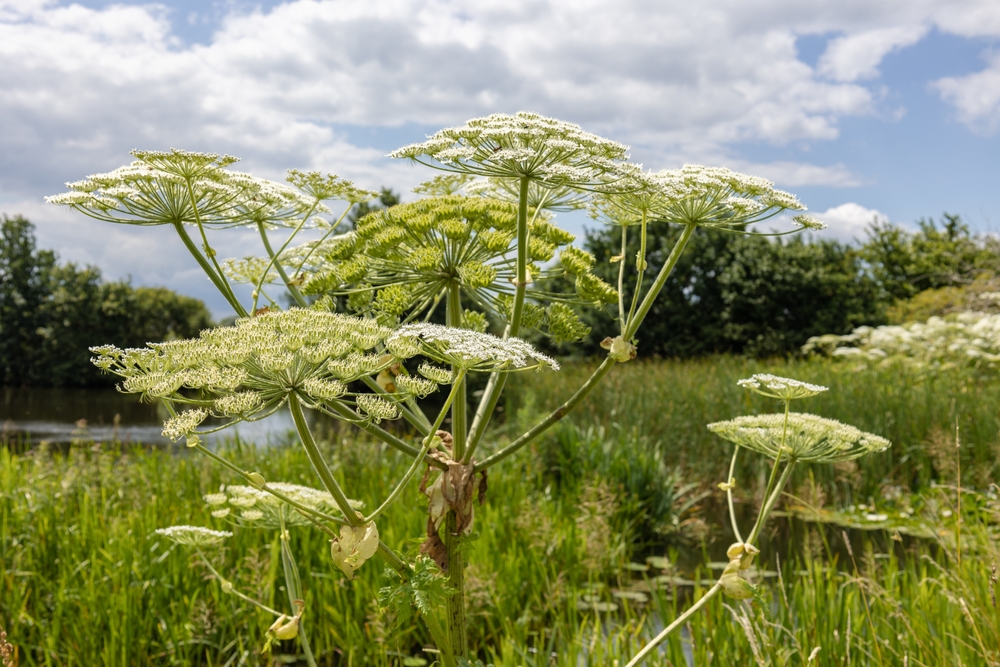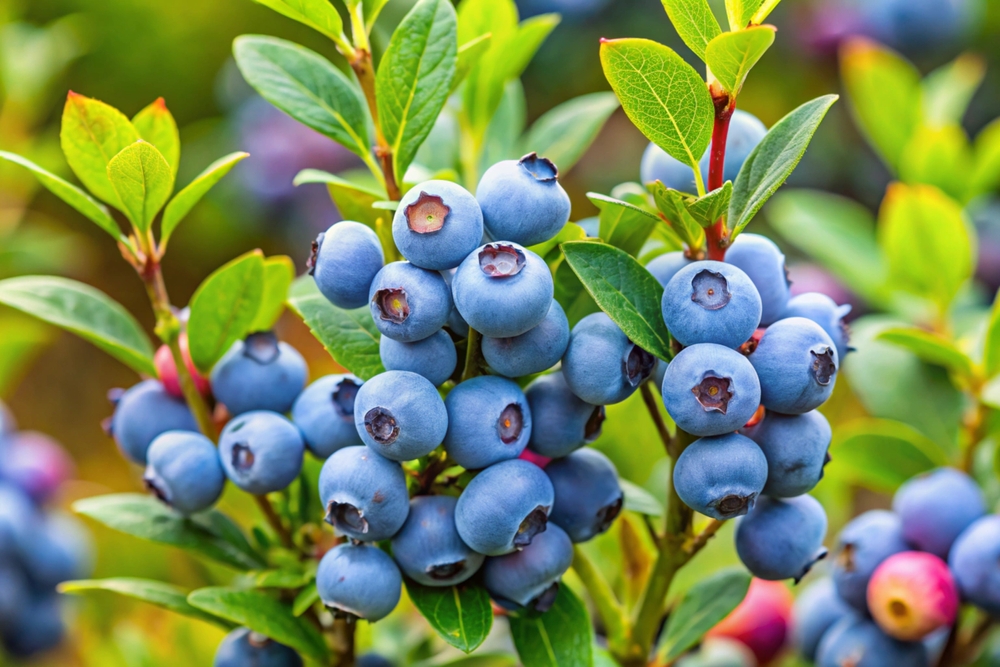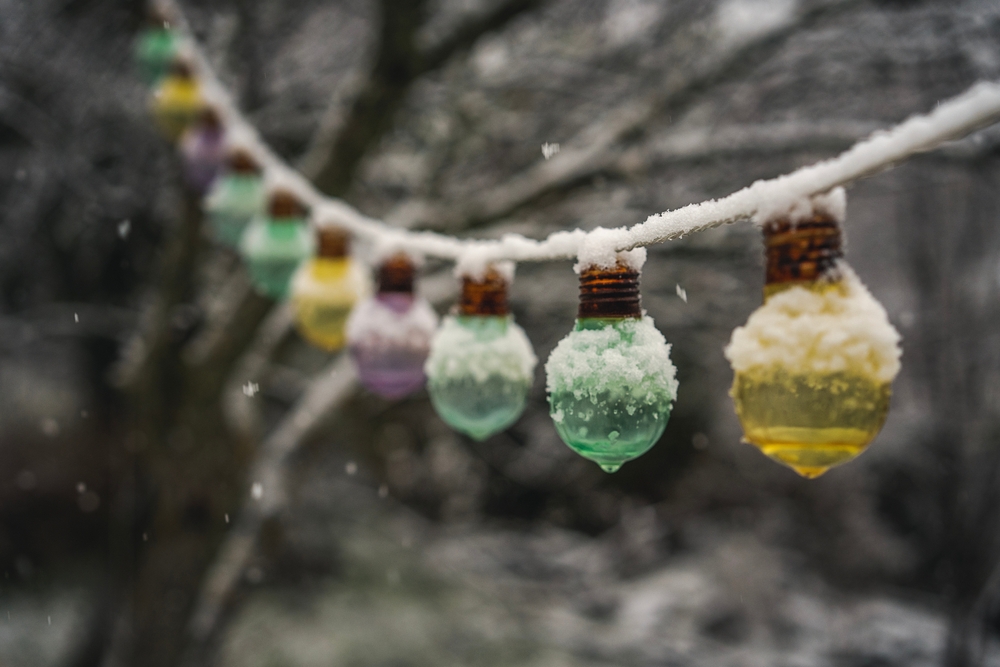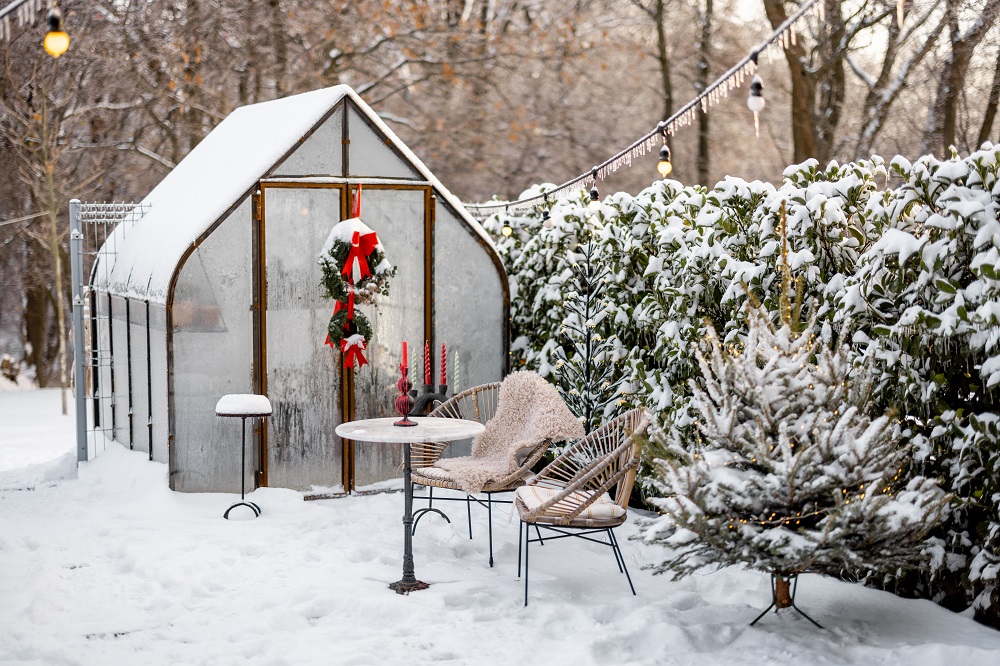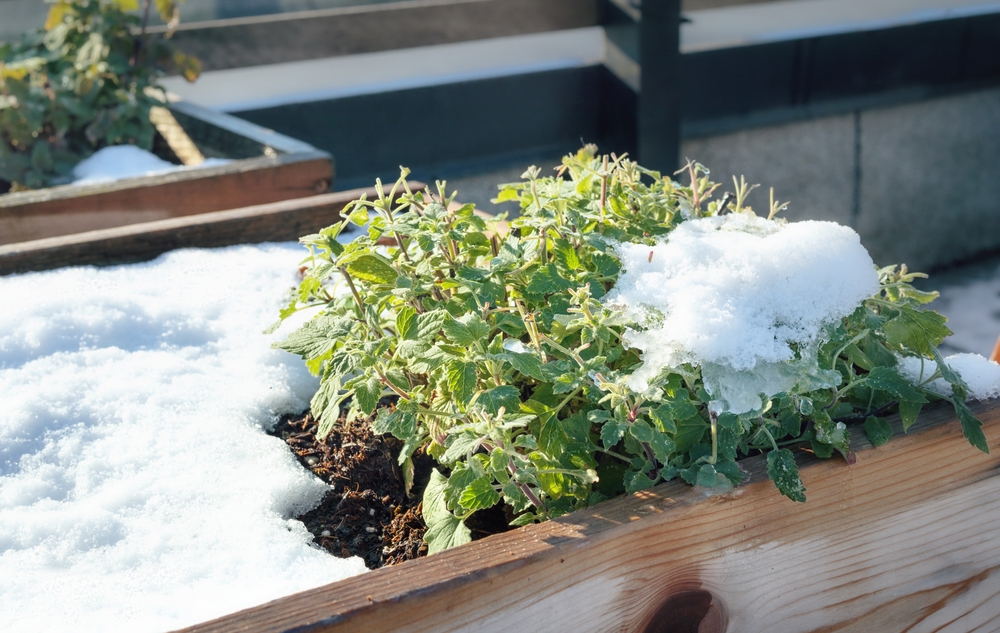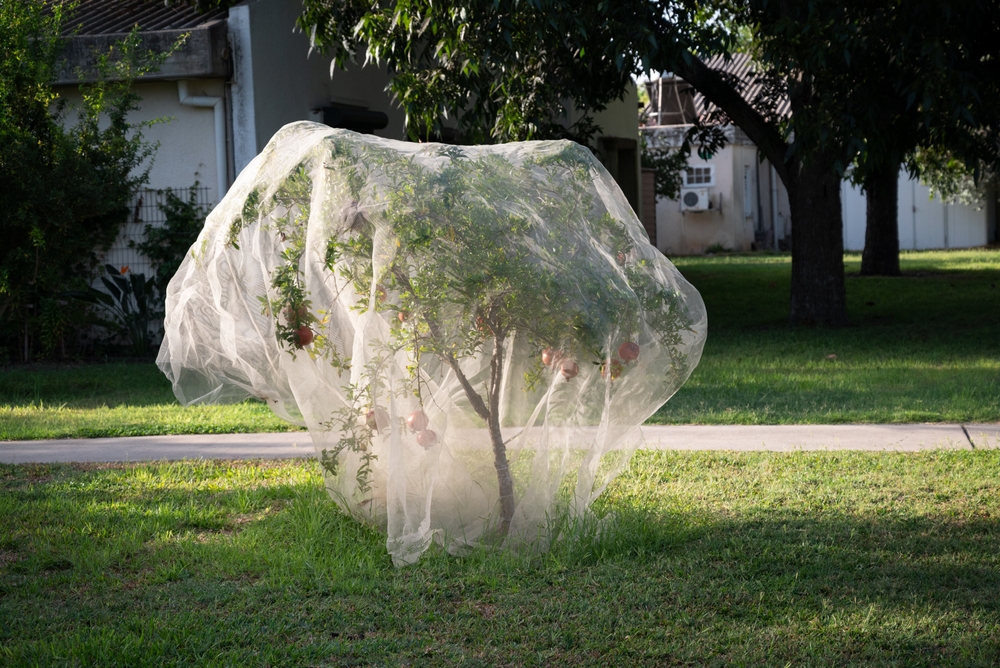As the vibrant hues of summer fade away, you may think the maintenance is over, but it’s actually the right time to pay attention to your garden. Winter is the time of rest for your plants, but with a little bit of preparation, you can make sure your garden not only survives the winter but comes back thriving in spring!
You shouldn’t ignore these chores because they could lead to plant damage, pest and disease problems, or even soil erosion. Here is how to get your garden winter-ready and set the stage for a blossoming revival!
Move the houseplants indoors
If you live in a region with temperatures below 42 degrees, it’s crucial to bring your houseplants inside before the frost sets in. Many plants are sensitive to the cols, and they can show signs of distress, like leaf drop and burn-like edges. Make sure your plants can adapt smoothly to the indoor environment as well.
You need to place them in a spot with enough light and allow them to gradually acclimate to the new temperature. You should also check them for pests that could possibly hide in the soil or on the leaves before moving them inside to keep your indoor garden safe and healthy.
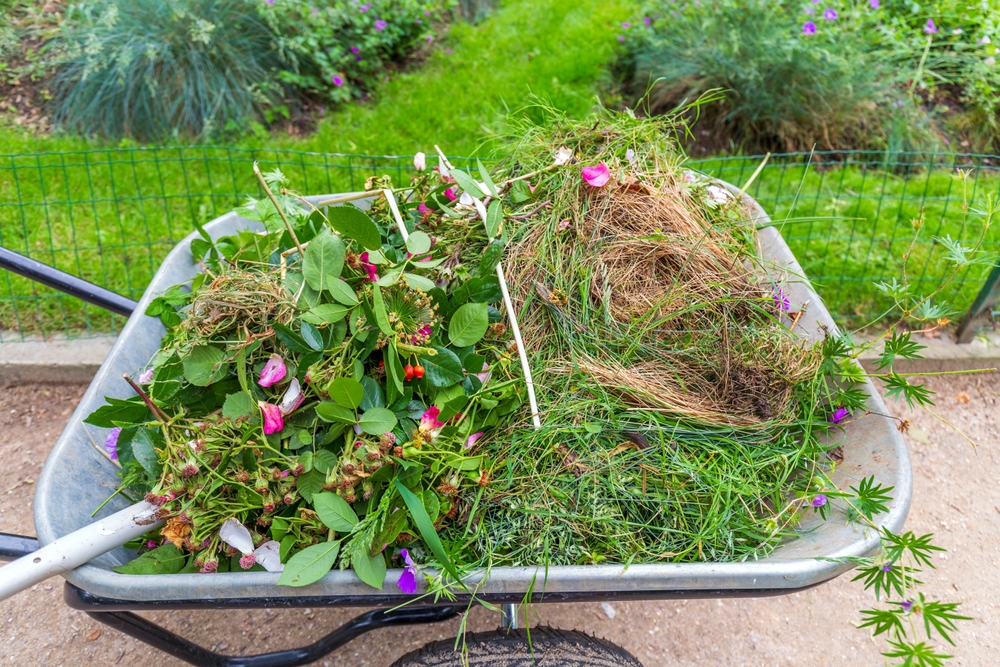
Use plant debris to nurture your garden’s ecosystem
It’s important to clear away any weeds and diseased plants before winter hits. What you may not know is that it is beneficial to leave some debris and deal with plant matter in your garden to support the ecosystem. Experts explain that it’s essential to keep the ground covered during winter, and debris acts like natural mulch, preventing soil erosion and protecting the precious topsoil.
Dead plant material can provide shelter and food for wildlife, and this contributes to a diverse and resilient ecosystem. If you are not planting anything during the winter, you can choose to leave fallen leaves and flowers for pollinators, birds, and beneficial insects. They will embrace the extra resources!
Utilize Cover Crops to Prepare Your Soil for Spring
If you plan to actually plant something in the winter period, consider tidying up the garden space and sowing a cool-season crop or a cover crop. Specialists are excited about cover cropping, considering them sustainable and eco-friendly practices that boost overall ecosystem resilience and enhance soil health.
This is a technique with many benefits as you prepare for spring, such as preventing soil erosion, enriching the soil nutrients, minimizing weed growth, reducing compaction, and even providing food for pollinators.
Cover crops like hardy legumes (berseem clover, crimson clover, and hairy vetch) can add valuable organic matter to the soil and fix nitrogen, improving soil fertility. Additionally, some grasses, such as ryegrass and winter wheat, can help alleviate soil compaction and withstand cold temperatures. These plants can act as a protective layer over the soil, helping it to retain moisture and suppress weeds at the same time as fostering a healthier garden environment for springtime.
Trim perennials
It’s essential to know which perennials to cut back when it comes to preparing your garden for winter. According to specialists, it’s recommended to cut back perennials that don’t maintain their structure through the winter. It’s best to trim down to the crown of the plant the perennials that flatten after a hard freeze and apply a layer of mulch before snowfall arrives. This practice will tidy up your garden and prevent decay, as well as help the soil retain moisture over the cold months.
Keep in mind that not all perennials need to be pruned. Plants like evergreen perennials can retain their foliage and provide year-round interest, as well as ornamental grasses that can be left unpruned and will add beauty and texture to your winter landscape.
Moreover, plants with striking seed heads, like black-eyed swans and coneflowers, can offer food for birds and bring visual appeal during the cold months.
It’s important to take into consideration any specific needs of your plants. Some perennials can benefit from late-winter pruning, and they will look amazing and ready to grow in spring. However, those prone to frost damage will need a thorough cutback to prevent disease, so always make sure you research your specific perennials to determine how you should care for them the best during winter.
Keep Your Tender Annuals Safe This Winter
You have a couple of effective options to keep our tender annuals safe from the chill. According to horticulturists, you can either bring your plants indoors or you can cover them with frost clothes, burlap, or cloches. These are materials that can create a microclimate around the plants and help them retain warmth while protecting them from frost damage.
You can decide to let your annuals succumb to frost, but remember that these plants are specifically grown as temporary fixtures in your garden and they are meant to be replanted each year. Before the flowers arrive, you have the possibility to collect their seeds or cuttings, especially from your favorite ones. This is how you can propagate them for the next growing season.
If you opt to keep your annuals indoors, you need to place them in a bright spot with indirect sunlight. Remember to water them, as indoor conditions can dry out the soil more quickly than outside. Maintain, if possible, a consistent temperature and humidity level to make their transition smooth.
For the ones looking to prolong their lives in the growing season, you can use a cold frame or a greenhouse. These structures will provide additional warmth and protection, so you can extend the lives of your tender annuals into the colder months as well. Monitor them and make sure they’re free of pests and diseases, as indoor environments create conditions for unwanted guests.
Add mulch to your plants
As mulching is a vital step in preparing your garden for winter, this can be an essential step of protection for the roots of perennials, small trees, and shrubs against the harsh cold. You can apply mulch around trees and other plants and be sure to leave some space around the base, preventing moisture buildup and discouraging rot.
Plant experts are explaining they like to mulch in the fall time to prevent the winter weeds from germinating, so they insulate the plants and help the soil retain moisture.
Mulch is amazing for many purposes, such as acting as a barrier against temperature fluctuations and maintaining soil moisture. It reduces the need for frequent watering as well. A well-mound garden can look very appealing during the winter months, and this is a bonus.
When you’re choosing your mulch, consider using organic materials like fallen leaves, shredded bark, or straw. Leaves from oak trees, for example, are nutrient-rich, and they provide excellent insulation. You can distribute these materials in a thin layer around your plants, and it will offer enough protection from extreme temperature changes.
If you want everything to look more polished, cover the organic materials with traditional mulch such as wood chips or pine needles to create a finished appearance while still allowing your garden to benefit from the protection underneath.
Remember that mulching not only helps with plant survival but also promotes healthy soil in the long run. With organic mulch breaking down, your soil is enriched with nutrients and has an improved structure. This is a process that enhances soil aeration and encourages beneficial microorganisms to set the stage for vibrant growth in the spring.
Last but not least about the mulch, remember to check the layer periodically during the winter. Strong winds or heavy snowfall can displace mulch, and you should always be ready to reapply it as needed and make sure your plants remain well protected.
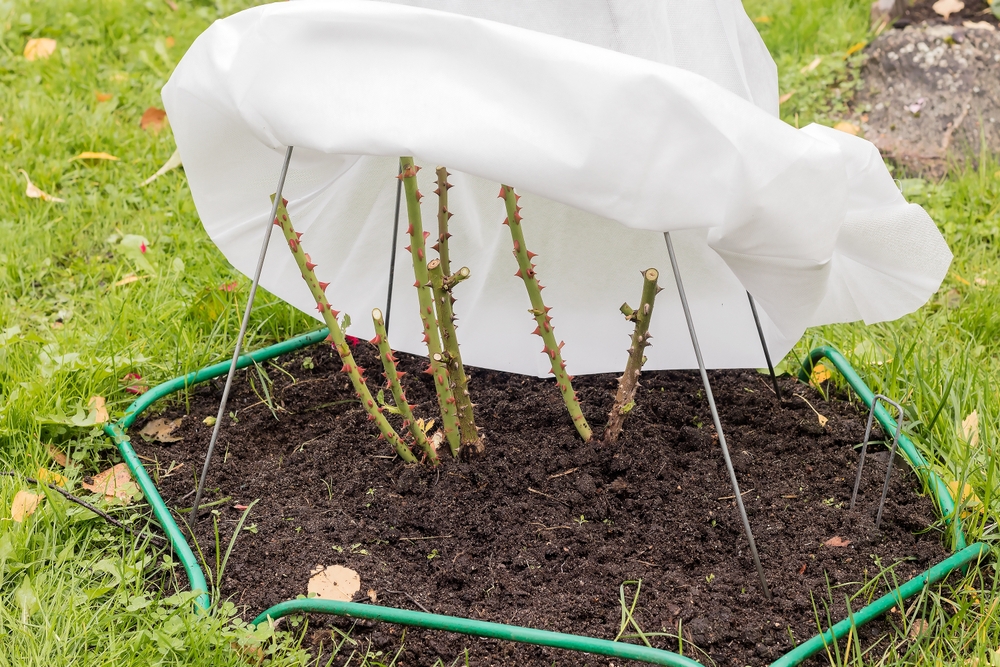
How to protect roses in cold months
If you have roses in your garden, it’s crucial to protect them from harsh winter conditions. There are more effective ways of doing this.
One method is applying a layer of 2 to 3 inches of mulch leaves or pine at the base of your roses. This insulation technique will help regulate soil temperature and moisture, turning into a protective barrier again in extreme cold.
You can consider wrapping the plant with burlap to prevent moisture loss. Wrapping your roses will shield them from harsh winds, and they will retain their humidity, crucial for preventing desiccation during the dry, cold months.
As temperatures begin to rise in spring, you need to remember to remove excess mulch and trim away dead or broken canes to encourage their healthy new growth. Pruning improves airflow around the plant and stimulates new blooms.
For the roses growing in containers, their routine might differ. It’s best to leave the containers outside until the first frost occurs to allow the plant to acclimate to colder temperatures. When the frost can’t stand anymore, you can place them inside, in a cool, dark place, like a basement or a garage.
Specialists recommend keeping the containers outside until the threat of the last frost has passed and checking them regularly to make sure they don’t dry out. Water them sparingly to keep them in a dormant state and not require much moisture during these winter months.
If where you live, the winters are incredibly harsh, consider insulating the containers as well by wrapping them in burlap or bubble wrap. This extra protection will keep the roots safe from freezing and make sure the plants survive until spring.
Move your roses back outside as soon as the weather warms up, but gradually acclimate them to outdoor conditions to avoid shocking the plant. Your roses will absolutely thrive and bring extreme beauty to the warmer weather if you properly care for them during the winter!
This is where you can find good quality Burlap Plant Covers. With this design, you can easily secure the cover tightly, keeping your plants safe from frost and stopping them from getting blown away by the wind.
Trees and Shrubs
During the winter months, newly planted and cold-sensitive trees and shrubs need extra protection. You can shield them from freezing temperatures, harsh winds, and frost damage by wrapping them in burlap. This creates a breathable barrier supposed to retain moisture and prevent windburn. This is especially important for evergreens. You can set up stakes around them and drape burlap over them, making sure the fabric doesn’t touch the foliage directly, leading to frost damage. This will create even better protection.
Take extra precautions to shield the trees and shrubs located near walkways, driveways, or roads where people use salt for deicing. Salt will easily leach into the soil and it will cause damage to the plants’ roots. This will lead to browning and potential death in some cases. You can use physical barriers like burlap and snow fencing to block salt sprats or use a salt alternative like calcium magnesium acetate to make it as less harmful as possible to plants.
Moreover, keep in mind to not prune or fertilize woody plants until late winter or early spring. If you prune too early, this can stimulate new growth that is going to be vulnerable to cold damage. On the same note, fertilizing will encourage tender growth that won’t harden off before frost hits. It’s crucial to wait until the dormant season is ending and make sure the trees and shrubs are in the best condition to thrive in spring.
How to Save Tender Bulbs Over Winter
Fall might be the perfect time to plant the spring-blooming bulbs, but tender summer favorites like cannas, gladiolus, and dahlias will need special treatment. If you want them to return next year, especially if you live in a region where the ground freezes. These are tropical plants that won’t survive winter outdoors, but with a little effort, you can bring them back to life next spring.
After the first frost hits, the leaves of these plants turn brown, a sign that it’s time to dig them up. Gently unearth the bulbs or tubers; be careful not to damage them and trim off the dead leaves. Without washing them, brush off as much soil as possible, as excess moisture can cause rot during storage. Let the bulbs rest in a dry, cool place for about a week to help any remaining moisture evaporate.
The greatest tip I wish I’d known sooner, and you will get it now, is this one: label each bulb or tuber to remember what you’ve stored. The handy trick is to write the plant name directly on the tuber with a permanent marker. Once you organize them this way, you can store them in a breathable container like a cardboard box and layer them with sawdust, old newspaper, or shredded paper to prevent them from rotting or touching each other.
You should place the container in a dark and cool place that doesn’t freeze yet stays below 45°F. No matter if you go for using your basement or a garage, make sure you check on them occasionally to see if they are good, as possible outcomes are drying out or rotting. However, adequate storage will bring you tender bulbs ready to be replanted when the warmer weather returns.

Clean and Care for Your Tools Before Winter Sets In
The ideal thing is to clean your gardening tools after each use, but winter comes with the perfect opportunity to give them some extra TLC. Now it’s time to make sure everything is clean and disinfected for the next season, as well as doing a full inventory to see what needs to be replaced, repaired, or upgraded.
A good start would be scrubbing off any dirt or sap left on your tools using soapy water and a wire brush. Once you cleaned them, disinfect them with a solution of one part bleach and nine parts water. This will help with disease prevention in your garden. Take them to sharpen your pruners, blades, and shears with a sharpening stone or file and secure your precise cuts for next season.
Lubricate any moving part with a lightweight oil (machine oil, for example) to prevent rust and keep everything working smoothly. When it comes to wooden handles, they should be sanded down if splintered and treated with a coat of linseed oil to preserve them during the colder months.
Store your tools in a dry place, like a garage or shed, avoiding moisture and rust buildup. Your tools will last longer and be ready to go once the spring arrives, saving you time and money long-term.
Disconnect the garden hose
Before the cold sets in, empty and store your hoses to prevent damage. Make sure there is no water left inside the hose during winter, as it will settle in the lowest point, freeze, and expand, causing the hose to crack. This is very common for plastic hoses, and they can become brittle in freezing temperatures. Fully drain them and remove any water excess, then store them in a secure place. Consider storing them indoors, like in a garage or shed; detach any accessories and store them separately. Shut off and drain outdoor faucets to prevent plumbing freezing and damage that can be extremely costly to repair.
Read next: 8 Garden Trends to Try in 2025

